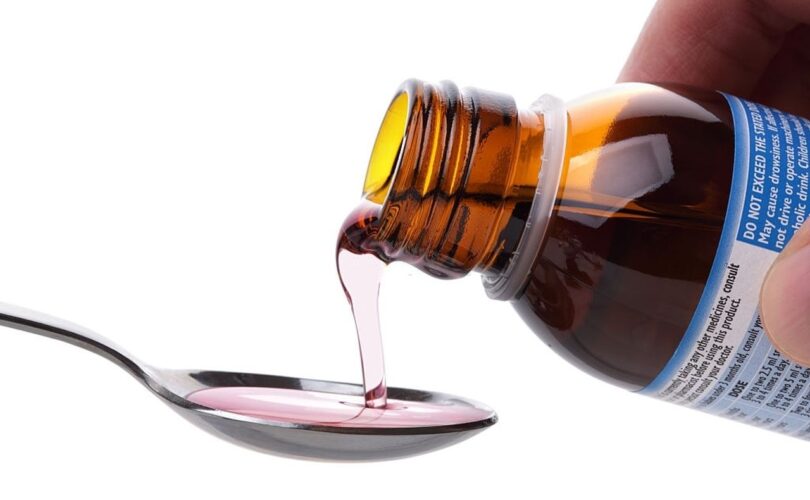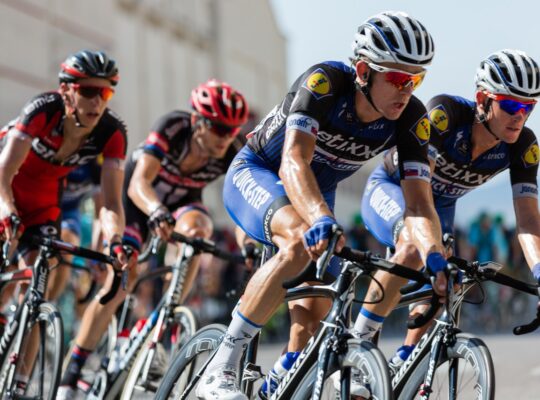Table of Contents
Introduction of Syrup
Syrups are concentrated, aqueous preparations of sugar or sugar substitute with or without flavoring agents and medicinal substances. Syrups containing flavoring agents but not medicinal substances are called flavored vehicles/syrups,
for example, cherry syrup, cocoa syrup. Syrups containing medicinal agents are called medicated syrups, for example, chlorpheniramine maleate syrup.
Most syrups contain the following components in addition to purified water and any medicinal agents:
1. Sugar, usually sucrose or sugar substitutes that are used to provide sweetness and viscosity
2. Antimicrobial preservatives
3. Flavors
4. Colorants
Sucrose is most frequently employed in syrups, but sometimes it may be replaced by other sugars such as dextrose or nonsugars such as sorbitol, glycerin, and propylene glycol. Syrup imparts a characteristic viscosity; along with the sweetness and flavors, it results in a type of pharmaceutical preparation that is effective in masking the taste of the added medicinal agents. When the syrup is swallowed, only a portion of the dissolved drug actually makes contact with the taste buds, the remainder of the drug being carried down the throat in the containment of the viscous syrup. The thick sweet syrup has a soothing effect on the irritated tissues of the throat as it passes over them. Simple syrup I.P. contains 66.7% w/w sucrose. At this concentration, the syrup is resistant to microbial growth, due to the unavailability of the water required for the growth of microorganisms. Under cool storage conditions, some sucrose might crystallize from the solution when the syrup is completely saturated with sucrose. This can be prevented by the addition of sorbitol in the preparation, which would prevent recrystallization of the excess sugar from the supersaturated sugar solution during normal storage conditions.
Preparation of Syrups
Syrups are prepared by any of the following four general methods, depending upon the physical and chemical characteristics of the ingredients:
1. Solution of the ingredients with the aid of heat
2. Solution of the ingredients by agitation without the use of heat
3. Addition of sucrose to a prepared medicated liquid or to a flavored liquid
4. Percolation of either the source of the medicating substance or the sucrose
Solution with the aid of heat:
Sugar is added to the purified water and heated until it dissolves. Then, the other required heat-stable components are added to the hot syrup, the mixture is cooled and its volume is adjusted by the addition of purified water. The use of heat facilitates the rapid solubility of the sugar and other components of syrups. If excessive heating occurs, then sucrose may be hydrolyzed into dextrose and fructose. This hydrolytic reaction is called “inversion,” and the combination of the two monosaccharides is known as “invert sugar.” When heat is applied in the preparation of sucrose syrup, some inversion of the sucrose is certain and the speed of inversion is greatly influenced by the presence of acids. Invert sugar is colorless and sweeter than sucrose. Syrup darkens due to the effect of an overheat of fructose. When the syrup is overheated, it becomes amber-colored due to the caramelization of the sucrose.
Solution by agitation without heat:
Sucrose and other ingredients are dissolved in purified water by placing the ingredients in a vessel of greater capacity than the volume of syrup to be prepared, thus permitting thorough agitation of the mixture.
Addition of sucrose to a medicated liquid or to a flavored liquid:
Medicated liquid such as a tincture or fluid extract is employed as the active ingredient in the preparation of syrup. If the extract contains alcohol-soluble ingredients and the amount of alcohol is high, then sucrose is added directly and stirred. If the alcohol content is low and all the ingredients are water-soluble, then the liquid extract is directly mixed with the prepared syrup.
Preparation of syrup by percolation:
Purified water or an aqueous solution is added slowly to a bed of crystalline sucrose, thereby dissolving it and forming the syrup. If needed, a portion of the percolate is recycled.







